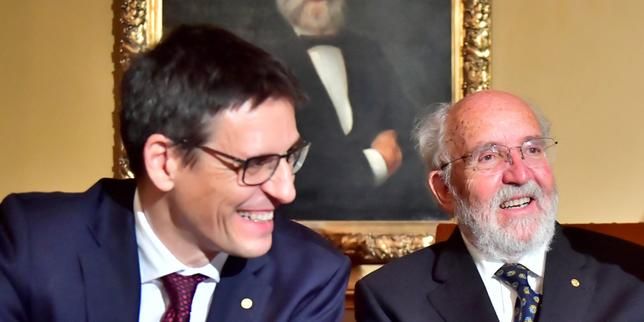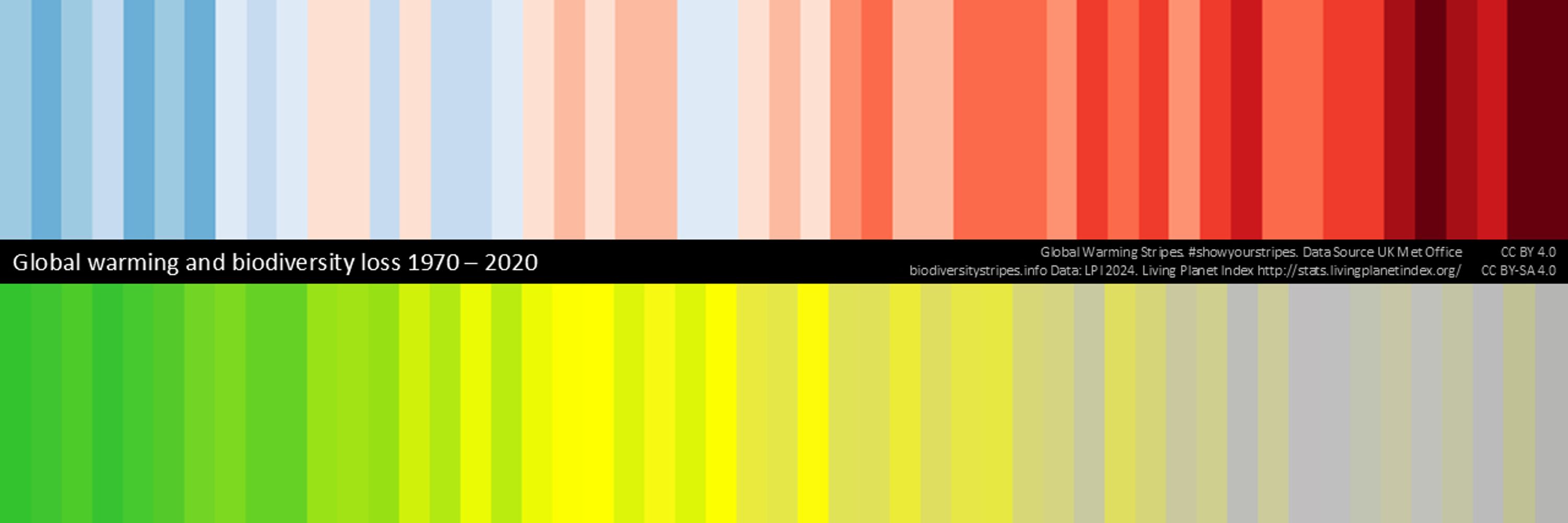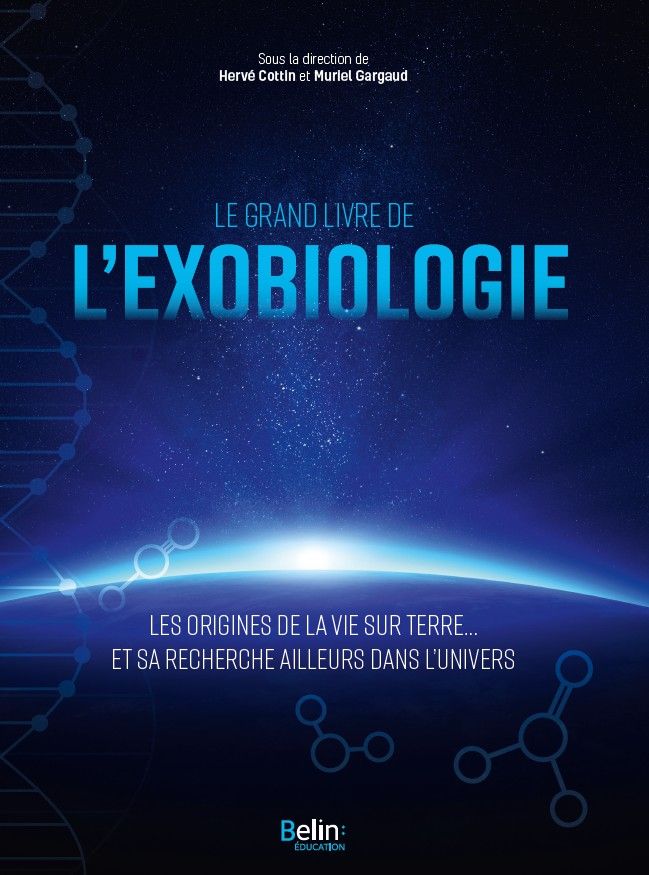Alex Santerne
@alexsanterne.bsky.social
470 followers
180 following
350 posts
Astronomer at Aix-Marseille University / France.
Expert in finding NoPlanetB
Want to work in a fair, inclusive, and sustainable research environment. Member of labos1point5
Toot a lot about Climate Change and Climate. Boycott planes, travel by train only
Posts
Media
Videos
Starter Packs
Reposted by Alex Santerne
Le Monde
@lemonde.fr
· 3d

Michel Mayor et Didier Queloz : « L’astrophysique vit un âge d’or »
Trente ans après leur découverte de la première exoplanète, les deux astronomes, récompensés du prix Nobel de physique en 2019, reviennent sur la façon dont leur annonce a changé l’astronomie moderne.
www.lemonde.fr
Reposted by Alex Santerne
Reposted by Alex Santerne
Reposted by Alex Santerne
Reposted by Alex Santerne
Reposted by Alex Santerne











